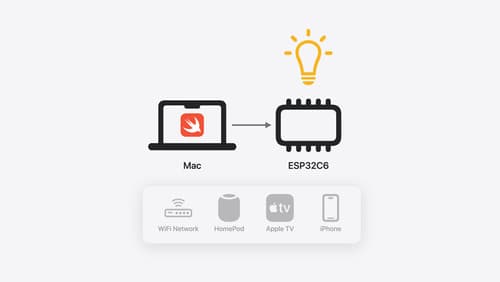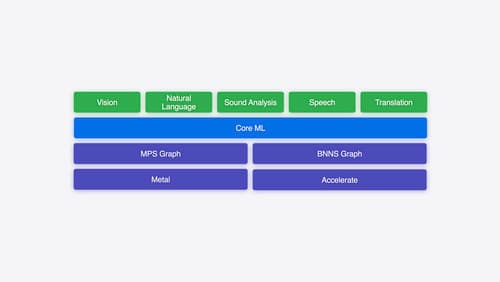how can i use mistral on device
Asked on 2024-07-30
3 searches
To use Mistral on an Apple device, you can follow these steps:
-
Model Training and Preparation:
- Define and Train the Model: Start by defining the model architecture and training it using libraries such as PyTorch or TensorFlow. You can take advantage of Apple silicon and the unified memory architecture on Mac for high-performance model training.
- Convert to Core ML Format: Once the model is trained, convert it into the Core ML format using Core ML tools. This step involves optimizing the model representation and parameters to achieve great performance while maintaining good accuracy.
-
Model Optimization:
- Optimize the Model: Core ML tools offer various optimization techniques, such as quantization and efficient key-value caching, to enhance the performance of your model on Apple devices.
-
Integration with Apple Frameworks:
- Load and Execute the Model: Write code to integrate the model with Apple frameworks. Use the Core ML framework to load and execute the prepared model. Core ML optimizes hardware-accelerated execution across the CPU, GPU, and neural engine.
For a detailed walkthrough, you can refer to the session Explore machine learning on Apple platforms (07:32).
Relevant Sessions
- Explore machine learning on Apple platforms
- Bring your machine learning and AI models to Apple silicon
- Platforms State of the Union
- Deploy machine learning and AI models on-device with Core ML
These sessions provide comprehensive guidance on deploying and running machine learning models, including Mistral, on Apple devices.

Platforms State of the Union
Discover the newest advancements on Apple platforms.

Go small with Embedded Swift
Embedded Swift brings the safety and expressivity of Swift to constrained environments. Explore how Embedded Swift runs on a variety of microcontrollers through a demonstration using an off-the-shelf Matter device. Learn how the Embedded Swift subset packs the benefits of Swift into a tiny footprint with no runtime, and discover plenty of resources to start your own Embedded Swift adventure.

Explore machine learning on Apple platforms
Get started with an overview of machine learning frameworks on Apple platforms. Whether you’re implementing your first ML model, or an ML expert, we’ll offer guidance to help you select the right framework for your app’s needs.
